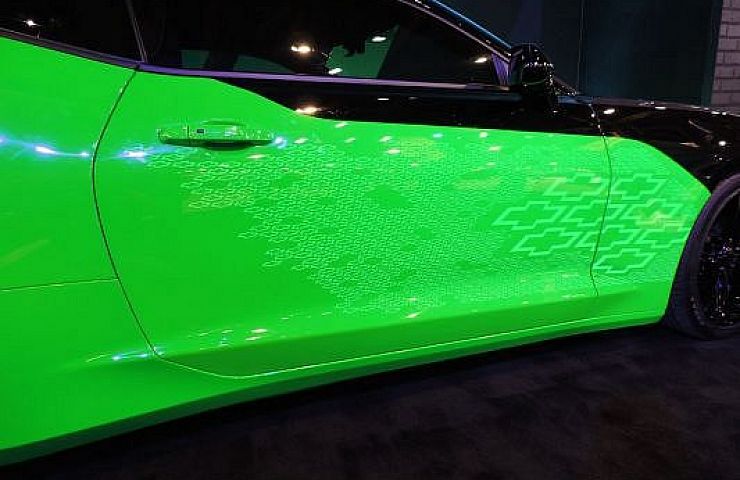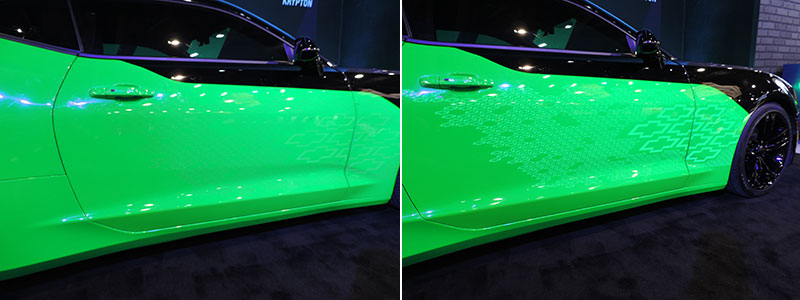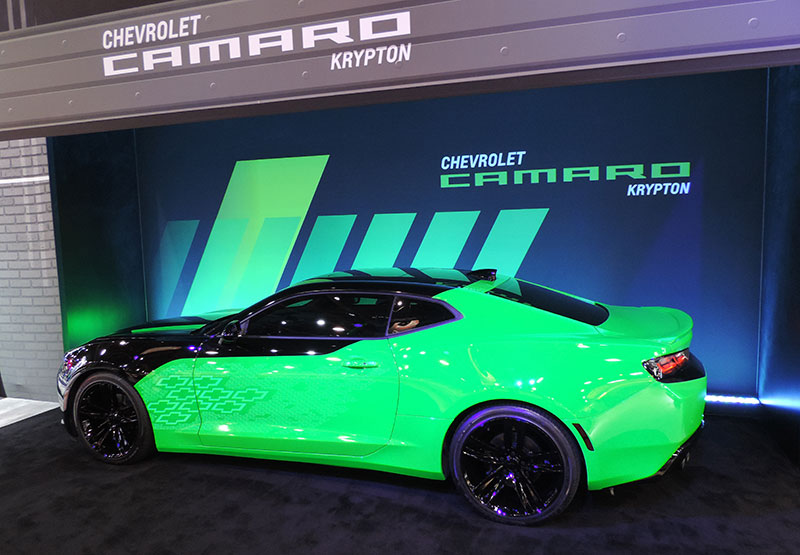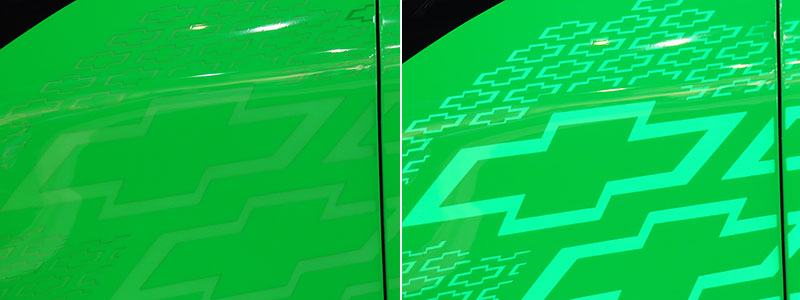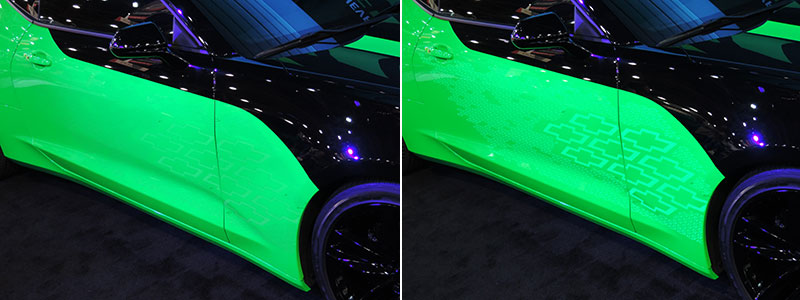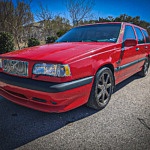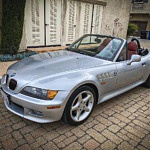The annual SEMA aftermarket car show in Las Vegas is an experience in sensory overload. Just when it seemed like auto modders and tuners had exploited every possible way to make a car scream for attention, this comes along: Chevrolet’s 2016 Camaro green Krypton concept car with body panels that use layers and patterns of paint that conduct electricity. With the flip of a switch, those embedded patterns light up.
The technology uses two conductive layers of material sandwiched together, so that when an electrical current is applied, the paint glows. Depending on the desired effect, multiple layers of paint are applied to create a design and color. In the case of the Camaro at SEMA, it glows with luminescent green Chevy bow-tie logos that flash on both front quarter panels, and doors. The Camaro also featured RS package styling, 20-inch wheels, and a lowering kit.
As crowds gathered around the car display, people inevitably put their hand in front of the car to block what appeared to be a light beam aimed from a distance at the vehicle. But the glowing effect was, in fact, emanating from the electroluminescent paint itself. The product is patented by Darkside Scientific, which calls the technology“LumiLor Electroluminescent Coating System,” its first product.
We first caught a glimpse of the wild effect at Chevy’s SEMA Press Preview Party last Monday night. It drew great rounds of applause. When it premiered to the public on Tuesday, it similarly wowed the crowds through the show—which wrapped up on Nov. 6.
LumiLor designs can be left totally invisible until the electrical current is applied, but the folks at Chevrolet wanted the Chevy bow ties to be present, even when the current was off. The company offers five base colors, and based on how it is applied and what clear goes on top, some variation to those colors is available.
The luminescence—the paint’s glowing quality—has a half-life of 10,000 hours, enough to last for more than one year of constant use.
It took the company nearly four years to perfect the system. Andy Zsinko—the product’s mastermind, who had 25 years of expertise in aftermarket painting, and who first crafted the glow-in-the-dark paint for his motorcycle—regrettably passed away on March 2, 2015. One of the functions of the paint was to increase visibility, and therefore safety, for motorcycles. He lived to see the paint system become fully functional, but sadly missed the rave reviews of the technology from SEMA.
The company opened a training center in Las Vegas for technicians to learn how to apply the system. At this time, nearly 30 shops from across the globe signed up to use the product.
General Motors approached the company in June to paint the Camaro. It took the firm six weeks to complete the Krypton Camaro. The space needed for electrical components is modest—about one foot, by one foot, by six inches.
The cost is about $10 a square inch. When applied liberally, the cost can quickly escalate—as with the Camaro prototype, which ran up to about $80,000. Given the attention it garnered—no easy feat in the midst of the razzle-dazzle at SEMA—Chevrolet executives believed the effect was worth every penny. From the instant Chevy first saw what happened when the Camaro’s glow got turned on, they knew it would be a big hit, according to Kristen Rogers, Darkside Scientific’s project manager.

